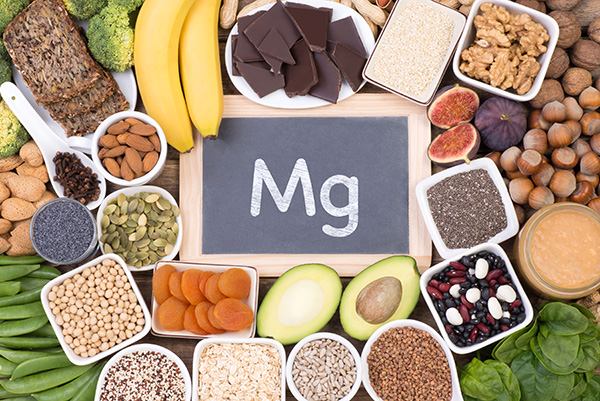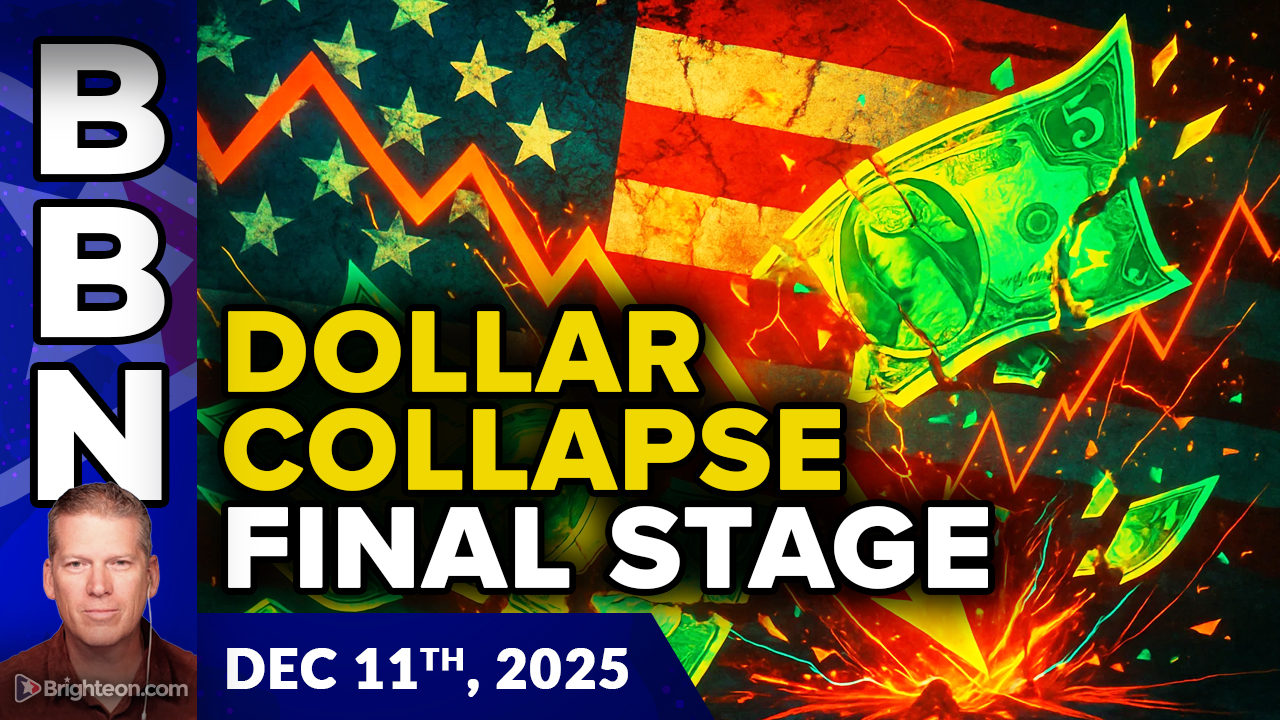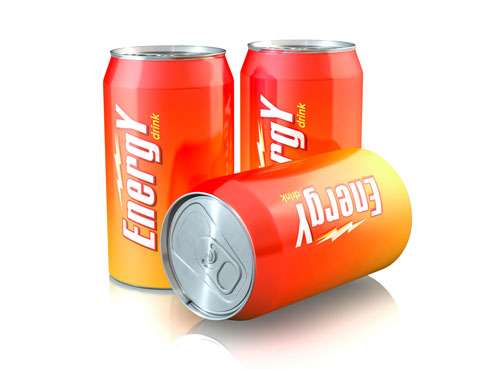
Solar batteries for off-grid use
When looking for the best solar batteries, it's important to pay attention to their depth of discharge (DOD), cycle life, discharge rate (C-rate), cost, maintenance requirements and potential applications, among other things. The DOD refers to the amount of power that can be discharged from the battery and is typically expressed as a percentage. If a battery's DOD is given by the manufacturer as 25 percent, then only 25 percent of the battery capacity should be used up. Discharging the battery beyond its maximum DOD can cause irreparable damage and significantly shorten a battery's cycle life — the number of charge/discharge cycles in its useful life. Meanwhile, the C-rate refers to the time it takes to fully discharge a battery. It is commonly used to describe battery capacity. A C-rate of 1C, for instance, means that a battery will be fully discharged in an hour (h). Here are common C-rates and their corresponding service times:- 5C — 12 minutes (m)
- 2C — 30m
- 1C — 1h
- 0.5C or C/2 — 2h
- 0.2C or C/5 — 5h
- 0.1C or C/10 — 10h
- 0.05C or C/20 — 20h
Nickel-iron battery
Nickel-iron batteries are some of the best options for solar energy storage. They are tolerant of deep discharges and variable energy charge rates and are able to withstand freezing temperatures. And with a cycle life of up to 11,000 cycles and a DOD of 50 to 80 percent, they can last for up to 30 years. Nickel-iron batteries also have a reasonable discharge rate of C/2 to C/6 (six hours). And though nickel-iron batteries have a higher upfront cost, they cost you only $1 per usable watt-hour over a 30-year lifetime. The downside is that they require electrolyte refresh every 10 years and regular cell watering.Lithium-iron battery
Lithium-iron batteries are excellent options too. They get fully discharged in an hour and have a cycle life of 2,000 to 5,000 cycles at a DOD of 50 to 80 percent. At this rate, they can last for 10 to 15 years. Lithium-iron batteries also have diverse survival applications, such as grid-backup, remote telecom and off-grid use. Best of all, they can be monitored online and are lightweight and 100 percent maintenance-free. Plus, they cost you only $1.5o per usable watt-hour over a maximum lifetime of 15 years. (Related: A guide to supplying your homestead with solar power.) The disadvantage? Charging lithium-iron batteries in sub-zero temperatures can lead to permanent damage.Lead-acid battery
Lead-acid batteries have a poorer performance compared to the first two. With a cycle life of only 200 to 1,000 cycles and a DOD of 50 to 80 percent, they last for only five to seven years. Because of this, their applications are limited to emergency backup. Lead-acid batteries also have lower discharge rates and tend to freeze at 32 degrees. "Flooded" or "wet-cell" types further require extensive maintenance, such as cell watering, equalization charge and specific gravity check. As such, even though lead-acid batteries are the cheapest upfront, they are the most expensive in the long run, costing you up to $5 per usable watt-hour over a shorter lifetime.Takeaway
To get your money's worth, opt for either nickel-iron or lithium-iron batteries. Both have benefits that far exceed their disadvantages. Though nickel-iron batteries require maintenance, they last for decades and will cost you less in the long run. Meanwhile, lithium-iron batteries are maintenance-free and are better at jumpstarting equipment due to their high C-rate. These two solar batteries are great for off-grid use. Sources include: EnergySaver.NSW.gov.au PVEducation.org BatteryUniversity.com ModernSurvivalBlog.comWhat’s the difference between fresh and store-bought eggs?
By Joanne Washburn // Share
Dead wrong: 15 Wilderness survival myths that could cost you your life
By Divina Ramirez // Share
Prepper projects: 4 DIY reflector ovens that are easy to make
By Divina Ramirez // Share
How to save tomato seeds to grow next year
By Divina Ramirez // Share
5 Common indoor seed starting mistakes and how to avoid them for a healthy, productive garden
By Rose Lidell // Share
Food storage tips: Stock up on foods in gallon buckets
By Zoey Sky // Share
How modern diets fuel widespread magnesium deficiency
By avagrace // Share
Radiation-metabolizing Chernobyl fungus could shield astronauts on deep-space missions
By kevinhughes // Share
CDC whistleblower sparks renewed debate over vaccine safety and autism research
By finnheartley // Share
Fed accelerates treasury purchases as Trump eyes unconventional debt strategy
By finnheartley // Share
Trump administration revokes record 85,000 visas in 2025
By bellecarter // Share











